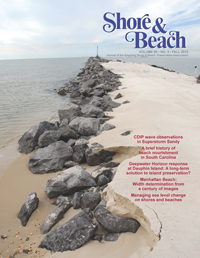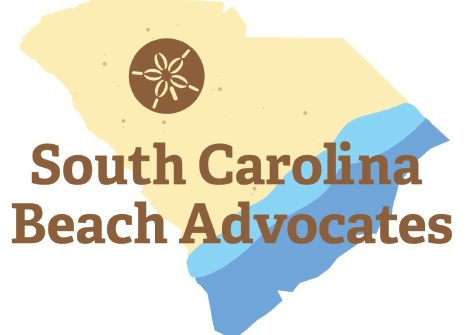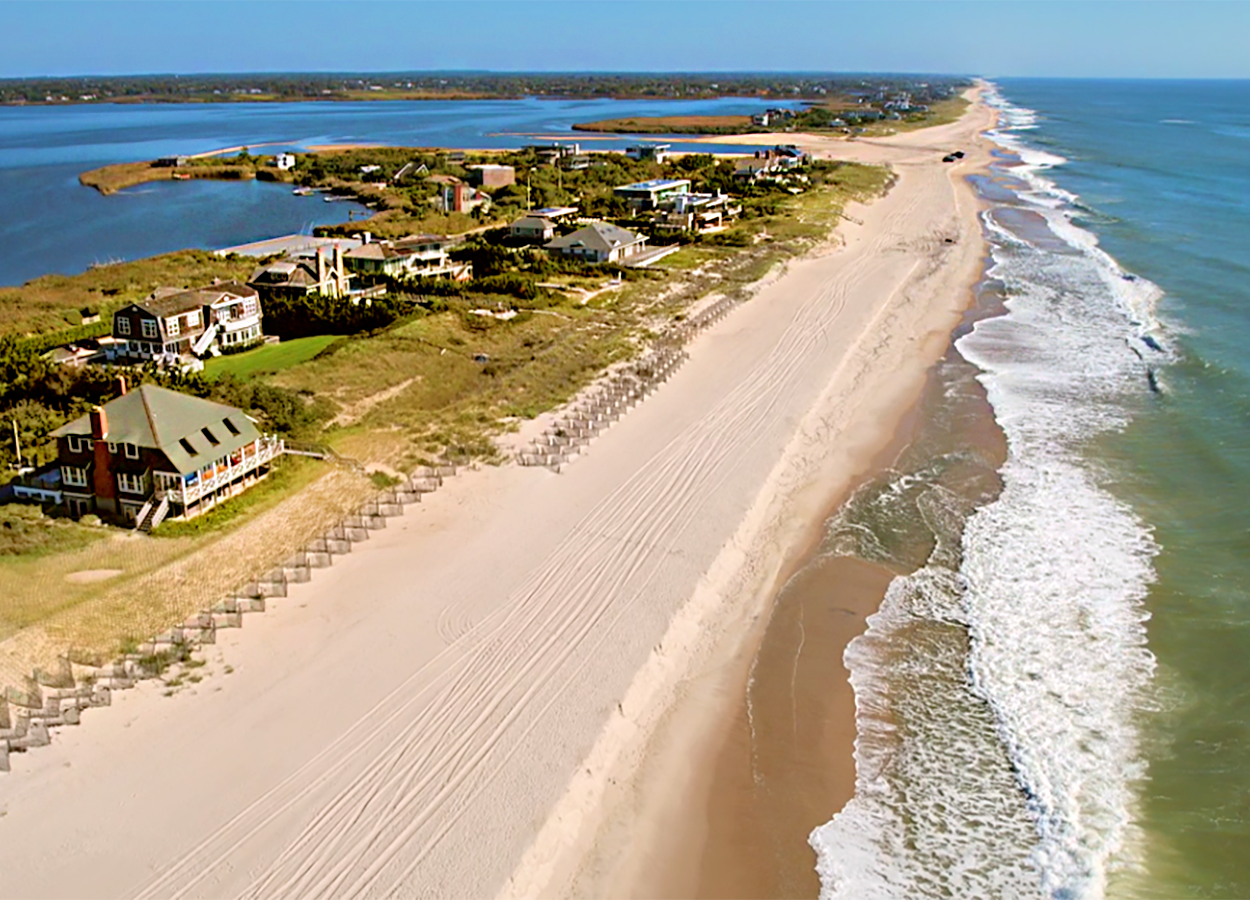 Did you know that as a result of nourishment, many SC beaches are in better condition today than 30 years ago? While expenditures have totaled about $350 million (in 2010 constant dollars), these projects have protected properties worth billions today. Sustained efforts have buried seawalls and widened recreational beaches throughout the coast. For an author’s copy of the entire article, email tkana@coastalscience.com. Better yet, consider joining ASBPA and receive Shore & Beach, the Journal of the American Shore & Beach Preservation Association, four times a year. The Fall 2012 Issue of S&B includes ASBPA’s position paper, Managing sea level change on shores and beaches.
Did you know that as a result of nourishment, many SC beaches are in better condition today than 30 years ago? While expenditures have totaled about $350 million (in 2010 constant dollars), these projects have protected properties worth billions today. Sustained efforts have buried seawalls and widened recreational beaches throughout the coast. For an author’s copy of the entire article, email tkana@coastalscience.com. Better yet, consider joining ASBPA and receive Shore & Beach, the Journal of the American Shore & Beach Preservation Association, four times a year. The Fall 2012 Issue of S&B includes ASBPA’s position paper, Managing sea level change on shores and beaches.
A Brief History of Beach Nourishment in South Carolina
Timothy W Kana
Coastal Science & Engineering Inc
PO Box 8056, Columbia SC 29202
ABSTRACT
There were ~59 discrete beach-nourishment events along the South Carolina coast between 1954 and 2010. These projects encompassed 17 localities―62.6 miles―which is ~65 percent of the developed or accessible-park oceanfront in the state (~33.5 percent of the ocean coast). The total volume of nourishment through 2010 was ~44.1 million cubic yards (mcy) for an average fill density of 133.3 cubic yards per foot (cy/ft) of shoreline. The adjusted cost of all projects in 2010 constant dollars (2010$$) was (~)$351 million for an average unit-volume cost of $7.96/cy (2010$$). Nourishment volumes by decade peaked in the 1990s at 20.7 mcy―47 percent of the total. Between 2000 and 2010, nourishment volumes declined to ~12.7 mcy partly due to reduced need following initial restoration efforts at some sites. Six project areas (North Myrtle Beach, Myrtle Beach, Garden City-Surfside Beach, Folly Beach, Hunting Island, and Hilton Head Island), comprising 42.6 miles of coast, have received about 70 percent of the nourishment volume. Most of these sites have measurably wider beachfront area compared with pre-nourishment conditions. Hilton Head Island, with five events since 1969, has received 10.6 mcy. Three sites (Debidue Beach, Folly spit, and Hunting Island), comprising ~7 percent of the nourished shoreline in South Carolina, have not kept pace with erosion and have lost beachfront area. The volume and cost of nourishment applied over project lengths and time periods yield South Carolina expenditures averaging (~)$39 per foot of shoreline per year (2010$$) [range (~)$7–$107/ft/yr]. The present value of developed oceanfront shoreline in South Carolina is roughly in the range $5,000 to $50,000 per linear foot. Thus, annualized expenditures for areas nourished have averaged well under 1 percent of property values.




